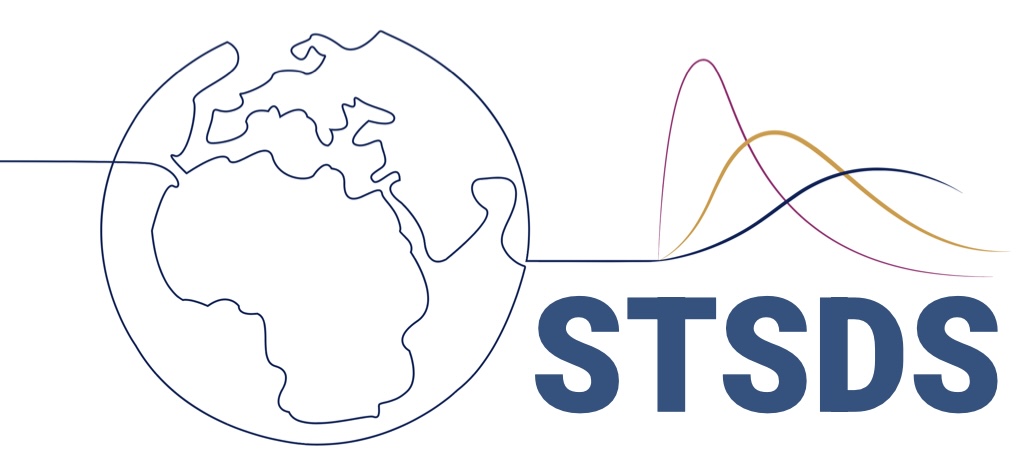2025
STSDS - Fast amortised inference for spatial extremes using neural Bayes estimators. Slides.
CASE -
- Shortcourse on AI and Extremes. Material.
- Generative modelling of multivariate geometric extremes using normalising flows. Slides.
EVA - Heavy-tailed density regression using the blended
generalised Pareto distribution and xSPQR. Slides.
2024
RSS - A deep learning approach to modelling joint environmental extremes. Poster.
JSM - Extreme causal analysis for both tails in time
series data. Slides.
EcoSta - A deep geometric approach to modelling multivariate extremes. Slides.
Southampton; Exeter; Edinburgh seminars - Neural Bayes estimators for likelihood-free and amortised inference for spatial extremes. Slides.
2023
KAUST Statistics workshop -
- Advancements in neural Bayes estimation for spatial processes. Poster.
- Dual extremal cross-frequency interactions in brain connectivity. Poster.
- A new dependence measure for extremal brain connectivity. Poster.
- Causal analysis for both tails in time series: with application to China's derivatives market. Poster.
Spatial Statistics - Deep compositional models for non-stationary extremal dependence. Poster.
EVA; ICSA symposium - Neural Bayes estimators for fast and efficient
inference with spatial peaks-over-threshold models. Slides.
Older
EGU (different title); CMStat, 2022 - Partially-interpretable neural networks for extreme quantile regression: With application to Mediterranean Europe wildfires. Slides.
ENVR workshop, 2022 - Partially-interpretable neural networks for extreme quantile regression. Poster.
EVAN (different title); JSM, 2022 - Partially-interpretable neural networks for
high-dimensional extreme quantile regression: With application to U.S. wildfires. Slides.
Bath; Lancaster seminars, 2021 - Joint estimation of extreme precipitation aggregates at different spatial scales through mixture modelling and conditional methods. Slides.
EVA, 2021 - Modelling the extremes of spatial aggregates of precipitation using conditional methods. Slides.
CMStats, 2020; vEGU, 2021 - Modelling the tail behaviour of precipitation aggregates using conditional spatial extremes. Slides.
WET workshop; EVA, 2019 - Aggregation of multivariate extremes. Poster.



